"This guide leads the reader through the process of observing, analysing and visualising the entrepreneurial ecosystem - meaning the entrepreneurs' environment including the surrounding institutions, actors and prevailing culture - a process referred to as 'mapping'. Such mapping enables the exploration of gaps and constraints and facilitates decisions on measures that are most relevant to improve the entrepreneurial environment in a given context.
This guide explicitly addresses those implementing development programmes that are operating in, or intend to conduct activities in, the field of entrepreneurship and the promotion of growth-oriented MSMEs."
"The guide provides investors with a basic overview of social metrics for impact investing, an outline of the issues and challenges of social impact measurement, a summary of existing social impact measurement tools and a description of how they are being used, and a set of diagnostic tools to help investors think through key questions and issues related to measurement."
"This report brings new findings for consideration by the diverse audience of researchers, policymakers, educators, and practitioners. The ultimate aim is to highlight areas where there are still gaps, challenges, and opportunities, where women entrepreneurs have made significant progress, and how ecosystems influence and are influenced by women entrepreneurs. The findings of this report provide a foundation for guiding future research, policy decision-making, and design of initiatives and programs to enhance growth and development of women's entrepreneurship within context. Overall, this report demonstrates the value women entrepreneurs bring to societies worldwide and suggests areas for improvement in conditions that encourage and support their aspirations."
"The impact measurement guidelines were developed by a Working Group on Impact Measurement, launched as part of the G8 Social Investment Taskforce at the G8 Summit in London, 2013. The guidelines outline impact measurement best practices for impact investors and the "impact organizations" (i.e., investees) they work with. The Guidelines for Good Impact Practice were developed to be practical in nature, broadly applicable, adaptable to the unique goals and internal/external context in which an investor operates, and - importantly - designed to be applicable at a portfolio, deal, and enterprise level. This work builds significantly on the work of the EVPA and aligns with recently adopted European Standard for Social Impact."
"Fifty economies participated in the GEM 2019 Adult Population Survey (APS), Over 150,000 individuals participated in extended interviews as part of the GEM research in 2019. This is the solid evidence base for the GEM findings that are presented in this report and summarized here. Despite this extensive GEM evidence base, there are at least as many questions as answers as a result of this year’s analysis. As usual, GEM has a plethora of insights and some of the newest and key findings are listed below. The report also contains a detailed entrepreneurial profile of each participating economy, accompanied by a policy roadmap and full data tables showing the value of each GEM entrepreneurial variable in each economy."
"The Global Value Exchange (GVE) is an online platform developed by Social Value UK that allows users to set up their own projects, start to monitor the social value they are creating, and helps them to manage and maximise their social value."
"A consistent approach to impact calculations allows companies, investors, policymakers, multi-lateral institutions, non-government organizations, and other sector stakeholders to estimate the impacts created by off-grid solar in a consistent, clear, and coherent manner. The metrics help build the evidence base for the many benefits that off-grid solar lighting and high-performing appliances unlock for people previously living in energy poverty."
"This report charts the rise of social venture incubation with a particular focus on what can be learned by this burgeoning sector from programmes around the world. It is intended for people and organisations wanting to support social ventures either as policymakers, investors or people running incubation programmes, to ensure that ventures have the best support."
"Building on Nesta's 2014 Good Incubation report, this research draws on case studies to highlight strategies for good incubation in challenging environments. It focuses on weaker entrepreneurial ecosystems and offers advice to incubation managers and other ecosystem players, from policymakers to funders alike. Our report aims to support the UK's Department for International Development (DfID) in implementing Innovative Ventures and Technologies for Development (INVENT) by exploring how to do social incubation effectively in India’s low-income states. It draws on empirical evidence from around the world, over 30 interviews with incubator managers and experts in India, and UK best practice."
"The new study provides an objective, rigorous look at two of the most important aspects of impact investing: financial returns and long-term impact. Specifically, the study explores the widespread assumption that impact investing private equity funds cannot achieve market-rate financial performance. The report's findings suggest that - in certain market segments - investors might not need to expect lower returns as a tradeoff for social impact. Impact investing is an investment approach that intentionally seeks to generate measurable social or environmental impact alongside a positive financial return. According to the study's authors, certain market segments of funds in the sample yield returns close to those of public market indices."
